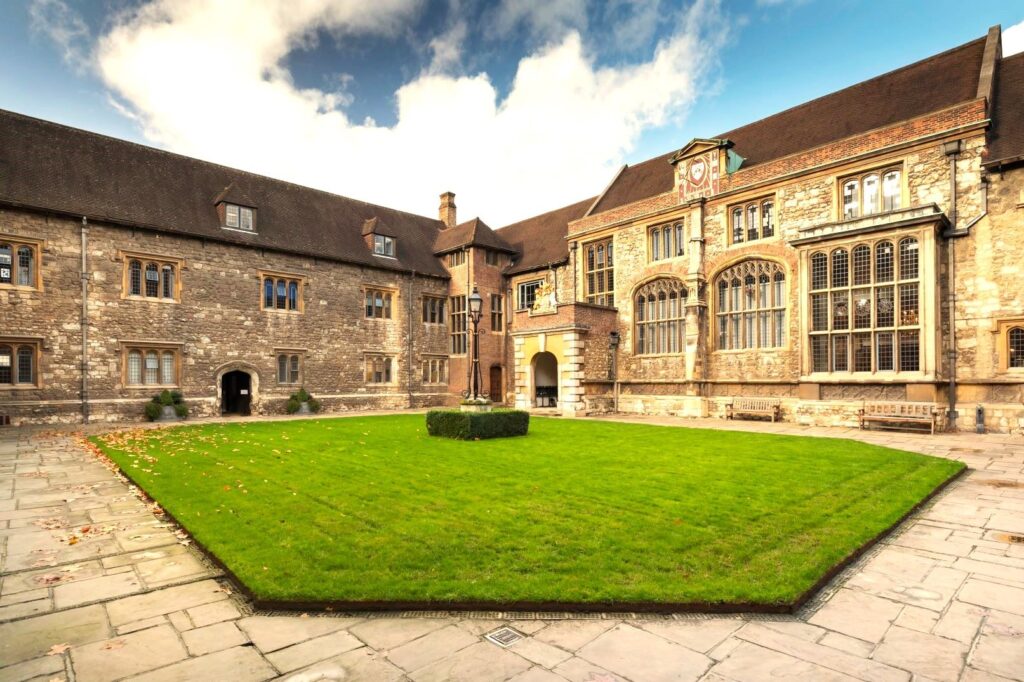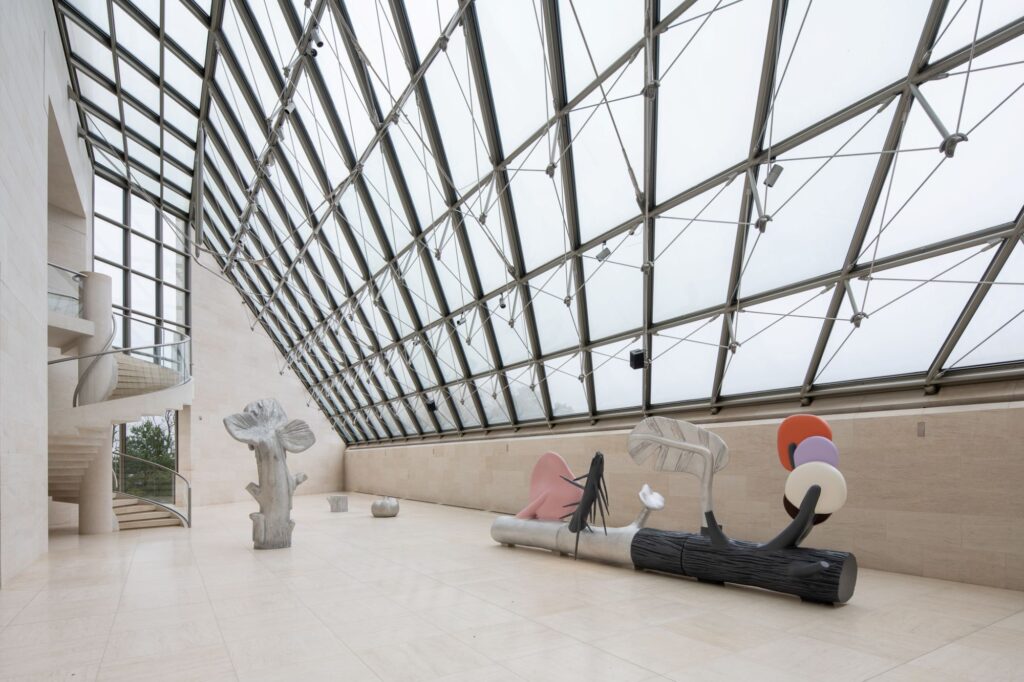Increasing earned income does not always mean a major investment or transformation programme. Colin Mulberg, Director of Colin Mulberg Consulting outlines how to take a fresh look at what you already have and your current activities, along with the steps that will make sure you are doing everything you can to maximise income and visitor value.
1. Analyse Your Assets
When venues think about increasing income, they often do not look beyond the obvious areas of the shop, café and hiring their events space. However, you have a wide range assets that could engage visitors and contribute towards more income. It could be a picturesque setting for café tables, a great spot for a photo opportunity or the history of your building – anything that can add interest and value for visitors is a potential asset.
Therefore the first step is to explore all the assets that you have across your entire site, covering all the spaces and activity that are visitor facing or could be used with visitors in some way. This could include natural environment; grounds; scenic views; gardens; courtyards; forecourts; architecture and built heritage; interior spaces; galleries; displays; collection, exhibition/events/activity spaces; shop; café; etc.
Consider all spaces and rooms as potential assets that could have multiple uses, rather than being restricted to a current name or use. For example, re-designating the ‘school lunchroom’ as a multi-use space at the Learning Centre, Victoria & Albert Museum, London, opened up the potential to use it has a catering and bar area for events and evening openings.
The Charterhouse, London takes a different approach to getting value from its assets. This historic merchant’s estate generates considerable income through filming, photography, film facility parking and venue hire, maximising use of all its gardens, built heritage and outside and interior spaces.
Consider less obvious assets – stored collections, records and archives, storerooms and conservation/photography studios all interest specific audiences. Assets can also include less tangible elements such as collection themes, narratives and stories that might have resonance with key audiences as well as exhibitions, displays, events, programmes, activities and expertise that might match audience interests.

Photo © The Charterhouse
2. Develop the Visitor Offer
All the assets that are valued by visitors can be used to benefit your income in some way. This could be as something that you can charge for directly or as extra value when bundled together with other offers, making the package more attractive. For example, smaller spaces (e.g. courtyard, atrium) can be utilised for visitor engagement, small-group activities, to add value to a larger event or simply to free up your main hire spaces.
Plan how to use your assets to improve your visitor offer through expanding existing activity, adapting activity from elsewhere or developing fresh offers or new approaches. The Museum of Modern Art, Luxembourg (MUDAM) realised that their activities for families, members and art enthusiasts had much wider appeal and could be adapted to different audiences. They expanded their public programme along with increasing use of their café and outdoor areas to create a range of offers, many of which charge a fee or are packaged to drive admissions, sell merchandise and increase café sales.
There is scope to create offers around activity that you are doing anyway, especially back-of-house work. If you put on temporary exhibitions, you can run limited behind-the-scenes viewings, to showcase all the different processes in exhibition preparation. This could be adapted for a range of audiences, including members. Sharing photography and gardening/plant expertise are other areas popular with visitors.
Understanding the value of offers helps you review pricing, as you will have more of an idea of what your visitor offers are worth to specific audiences. One approach is to develop an excellent standard offer that gives excellent value from a range of your assets and then charge for specific elements of added value, including premium experiences. Equally, you can develop visitor offers throughout the year to attract different audiences, increase visitor numbers and generate more income.

Photo © MUDAM
3. Plan and Manage Change
These steps often reveal a variety of ways of increasing income including quick, easy changes as well as how to build a platform for longer-term growth. Change can be phased as budgets and resources allow or developed into a wider income strategy. Increasing income with current resources shows organisational resilience and helps build a case for sponsorship or a funding bid for further investment.
A more comprehensive approach is to conduct a complete Asset Audit along with a programme of developing audience insight. This gives a deep understanding of what visitors want from a visit and what they might pay for. Drawing on this audience knowledge makes it easier and more precise to match assets to audience agendas to create compelling offers that increase income.
Colin Mulberg Consulting works with museums, galleries, historic properties/sites and natural environments to put visitors at their heart. A key focus of our work is increasing earned income for venues of all sizes.
Special Offer: We are pleased to offer Cultural Enterprises Members a free initial consultation. We can talk through your situation and needs and explore how to support you.
Get in touch though our website www.colinmulberg.com to see how we can help.

One Reply to “Increasing Income: Making the Most of What You Have”